
photo by: www.pexels.com / CC0
Color’s wonderful, but there’s something truly spectacular about a good black and white landscape. Timeless and striking, black and white images have a unique flair and distinctive artistic beauty all their own.
Part of the appeal of black and white is that the absence of color helps to narrow your focus onto the other aspects of the image. The composition, contrasting elements, shadows, and more all become more prominent in black and white images, without the distraction of color.
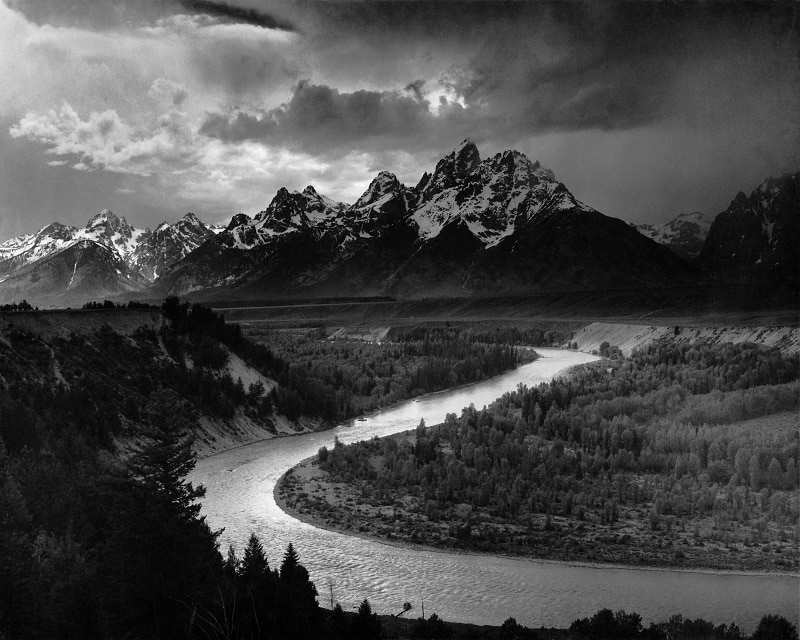
photo by: Ansel Adams
“The Tetons and the Snake River” (1942) Black and white image by landscape master Ansel Adams
However, the key to a good black and white image –is doing it right. Just as wonderful as a good black and white image can be, a black and white image with a week composition, distracting elements, or lackluster post-processing –can have the exact opposite effect, resulting in an image that’s dull and uninspiring.
If you are looking to take your black and white landscape images to a new level, here are a few tips that you’ll want to keep in mind to help you get off to the best start possible.
Compositional Tips
Creating black and white imagery successfully requires you to see the world a bit differently –through a black and white lens, if you will! Here are a few key tips that you’ll want to keep in mind when capturing black and white images.

photo by: Nick Page
• Look for Contrast
Black and white photography relies heavily on the use of contrast. When capturing black and white images, look for contrasting elements that you can incorporate into your compositions. This includes contrasting tones –light and dark, contrasting shapes and elements, or textures –rough and smooth! Using them together can create a more powerful composition.
• Keep It Simple
Black and white images often benefit from a simple layout. Since everything in your scene is reduced to a monochromatic color palette. Instead of asking yourself how to add more –ask yourself instead if there’s anything that you can remove for a tighter layout.
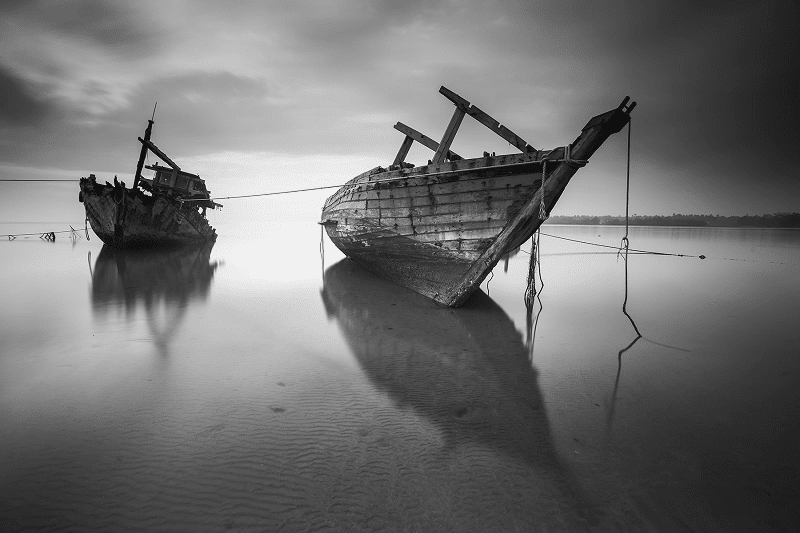
photo by: Zukiman Mohamad / CC0
• Focus on Shapes and Form
In monochromatic landscapes, the lack of colors means that focus will be on shapes and form, so try to look for strong subjects or elements to feature in your images. A jagged mountain peak, for example, looming against the backdrop of a wild and imposing sky, or the ominous form of a lone oak tree in a field. Trying to reduce all distractions in your images, with a focus on form and shape can help you to create more striking images.

photo by: Joey Kyber / CC0
• Consider a Long Shutter Speed
Long shutter speeds lend themselves well to black and whites. When photographing moving water or clouds, consider slowing down your shutter speed and capturing some long exposures. You may find it useful to use a neutral density (ND) filter to help reduce some of the light when photographing in bright lighting conditions.

photo by: Pexels.com / CC0
• Consider the Lighting
While most images can benefit from spectacular lighting, with black and whites, excellent lighting doesn’t matter quite so much. Flat, dull lighting from a dull, overcast or dark day works fine for black and white images. Still, keep in mind that dramatic lighting can produce optimal results. Consider the direction of lighting, when composing your images –for best results, look for side-lighting, or backlighting, when the sun’s dipping behind clouds or a mountain.

photo by: Tyler Lastovich
• Look for Early Morning Mist
Misty mornings are an ideal time for capturing black and whites! The mist takes on an ethereal appearance when captured in black and white, resulting in some beautiful images.
How to Capture Black and White Images
There are three main options when it comes to creating black and white images, capturing images in either RAW or JPEG, and then converting them later; or switching your camera to a monochrome mode and creating black and whites directly in-camera.
Each method has its own set of pros and cons.
• Monochrome – Monochrome offers the benefit of simplicity, and is ideal if you’re just getting started –plus you’ll have the added benefit of being able to see your composition in-camera in black and white, saving you from having to guess how it will look. The downside is, your camera will create the black and white, not you, so you’ll have less control over the resulting image.
• RAW – Shooting in RAW will give you more flexibility when post-processing, and is ideal if you’re looking for the most control over the resulting images. For example, you’ll be able to recover details that are lost in shadows, or fix highlights. You’ll also have tremendous flexibility in terms of how you process your image as you turn it into black and white, something that can mean the difference between a flat image and one that’s truly striking.
• JPEG – Finally shooting in JPEG, standard camera format is another option. While you’ll have less flexibility in post-processing when adjusting JPEG images, you’ll still be able to turn them into monochrome images later on.
Tools and Tips for Capturing Black and Whites
Finally, here are a few tips and tools for helping you to capture black and white images more effectively.
• Consider a Polarizer
In some cases, a polarizer can be a great tool for taking your black and whites up a notch. Use a polarizer for a bit more contrast between the clouds and the sky; or, to remove unwanted reflections from the surface of the water.
• Use a Wide-Angle Lens
There’s no substitute for a wide-angle lens when it comes to spectacular black and white photography! Be sure to get down low and include some interesting foreground to help add interest to your image, and create a composition that draws you into the photo.
• Don’t Neglect Post-Processing
Finally, post-processing is your secret weapon for transforming an everyday image into a sleek and polished one. You can download a preset and use it to transform your image, or adjust the image manually to get the results you’re after.
At the end of the day, the best black and white images are ones where the composition truly benefits from black and white. Remember, in the absence of color, you need strong elements and a good use of contrast for an image to work, so try to keep an eye out for those ideal photo opportunities. On the other hand, often images that didn’t turn out quite like you were expecting, will sometimes work well as black and white. So don’t forget to experiment with turning images into black and whites in post-processing. You just might be pleasantly surprised!
Do you enjoy black and white photography? Share your thoughts with us in the comments!


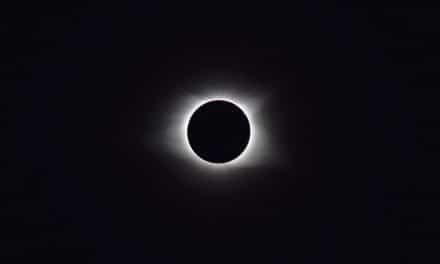

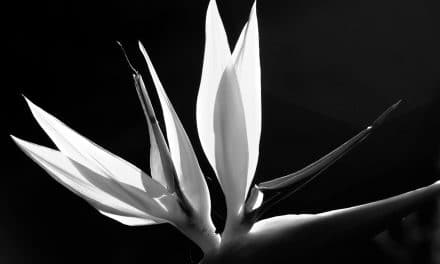
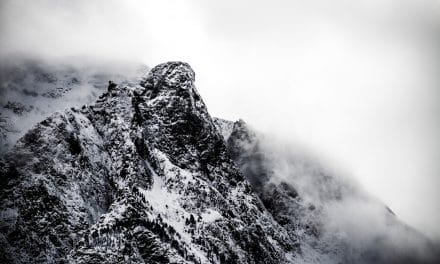





I work in black and white photography as an amateur photographer so your articles could help me a lot